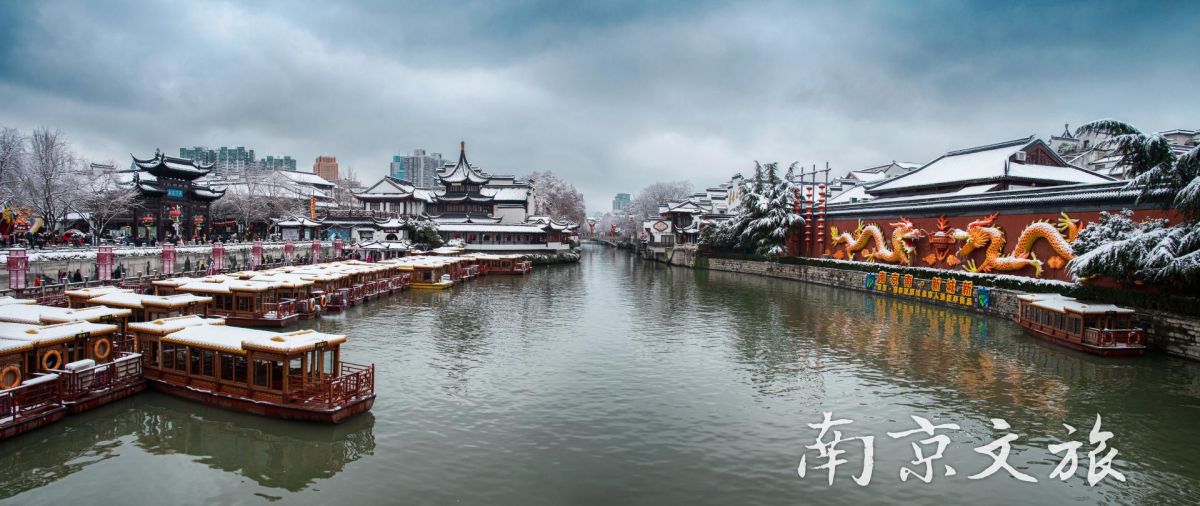Lao Men Dong (老门东) to experience the local living style
In a city experiencing rapid development, most of Nanjing's old architecture is being torn down. However, in southern Nanjing-the root of Nanjing-some older buildings remain scattered. Local families knew each other intimately, speak the most authentic Nanjing dialect, have the best street snacks and know the best old Nanjing tales.

